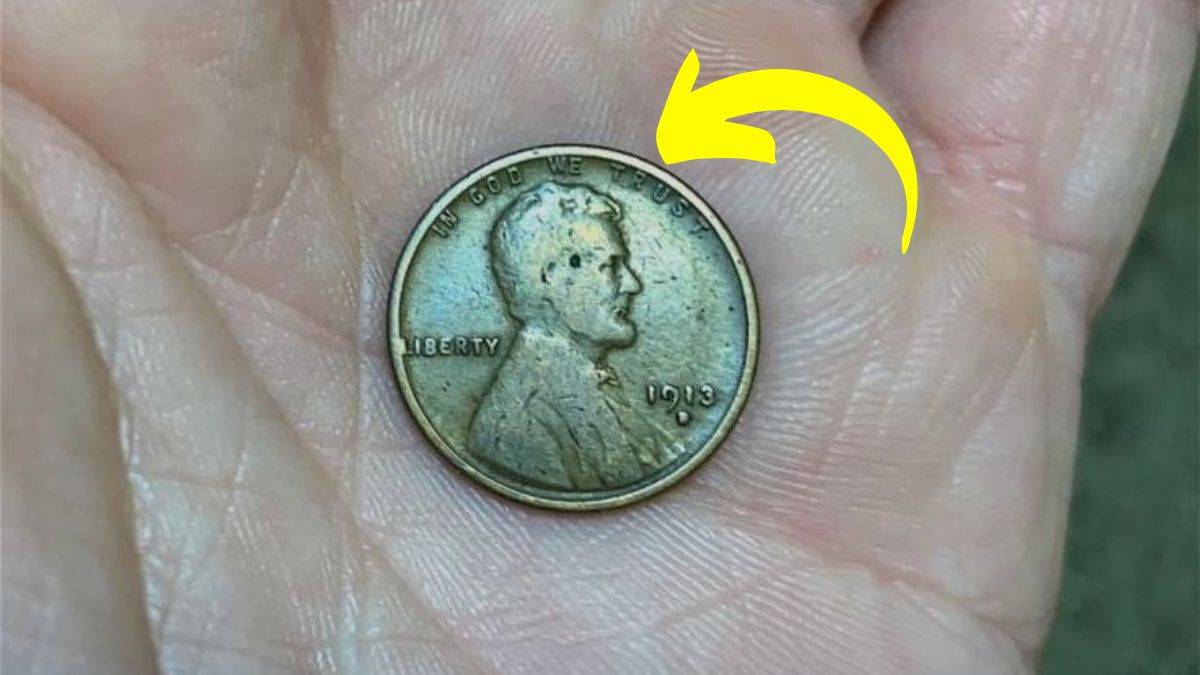Most pennies are worth just a cent, but some rare versions of the Lincoln Wheat Penny have fetched hundreds of thousands of dollars at auction. One of the most valuable is the 1943 Bronze Lincoln Wheat Penny, valued at $770,000. Even more surprising is the fact that some of these rare pennies may still be in circulation, waiting to be discovered.
Could you unknowingly have one of these hidden treasures in your pocket change? Let’s explore the history of the Lincoln Wheat Penny, what makes this particular version so valuable, and how you can identify one.
What is the Lincoln Wheat Penny?
The Lincoln Wheat Penny was minted from 1909 to 1958 and is one of the most iconic U.S. coins. Designed by Victor David Brenner, it was the first U.S. coin to feature a real person, honoring Abraham Lincoln on the 100th anniversary of his birth.
- Obverse (Front): Features Lincoln’s profile along with “IN GOD WE TRUST”, “LIBERTY”, and the year of minting.
- Reverse (Back): Displays two wheat stalks, giving it the nickname “Wheat Penny”.
In 1959, the design was changed to feature the Lincoln Memorial on the reverse to mark Lincoln’s 150th birth anniversary.
Why is One Lincoln Wheat Penny Worth $770,000?
While most Lincoln Wheat Pennies are common, some rare variations are worth a fortune. The $770,000 Lincoln Wheat Penny is a 1943 Bronze Lincoln Wheat Penny—one of the rarest and most valuable U.S. coins.
What Makes the 1943 Bronze Penny Special?
During World War II, the U.S. Mint switched from using copper to zinc-coated steel for pennies to conserve copper for the war effort. However, a small number of bronze pennies were accidentally struck when leftover copper planchets (metal blanks) from 1942 remained in the coin presses.
- Extremely Rare: Only a few of these pennies exist, making them highly sought after.
- Historical Significance: This mistake occurred during a crucial period in history, adding to its value.
- Record-Breaking Sales: The most valuable 1943 Bronze Lincoln Penny was sold at auction for $770,000.
For collectors, this penny is considered a holy grail due to its rarity and historical significance.
How to Identify a 1943 Bronze Lincoln Wheat Penny
If you want to check your pennies for this rare coin, here are a few ways to identify it:
- Check the Year – Look for the 1943 date on the penny. Most 1943 pennies were made of steel and have a silver color.
- Use a Magnet – Steel pennies stick to a magnet, but a genuine 1943 Bronze Penny will not.
- Check the Color – A real bronze penny has a reddish-brown or copper color, unlike the silver-colored steel version.
- Weigh the Coin –
- A 1943 Bronze Penny weighs 3.11 grams.
- A 1943 Steel Penny weighs 2.7 grams.
- Use a digital scale to confirm the weight.
If you find a 1943 penny that does not stick to a magnet and weighs 3.11 grams, you could be holding one of the rarest and most valuable coins in U.S. history.
Other Valuable Lincoln Wheat Pennies
Even if you do not find the $770,000 penny, there are several other rare Lincoln Wheat Pennies that could be worth thousands of dollars:
- 1909-S VDB Lincoln Penny – Worth up to $100,000 due to its low mintage.
- 1944 Steel Lincoln Penny – Another rare error coin, worth over $100,000.
- 1955 Double Die Penny – Features a double image, valued between $1,500 and $50,000.
Collectors constantly search for these coins, so it is worth checking any old pennies you come across.
Could This Rare Penny Still Be in Circulation?
Yes, it is possible. Since these rare 1943 Bronze Pennies were accidentally released into circulation, a few may still be hidden in jars, piggy banks, or even in everyday pocket change.
While the odds of finding one are low, some collectors have made incredible discoveries just by carefully inspecting their coins.
Conclusion: Keep Checking Your Coins
The 1943 Bronze Lincoln Wheat Penny, worth $770,000, is one of the most valuable and rarest U.S. coins ever produced. It proves that even the most common-looking pennies could hold incredible value.
If you enjoy collecting coins, take a closer look at your loose change, old jars, or inherited coin collections. You never know—you might just stumble upon a hidden fortune.
